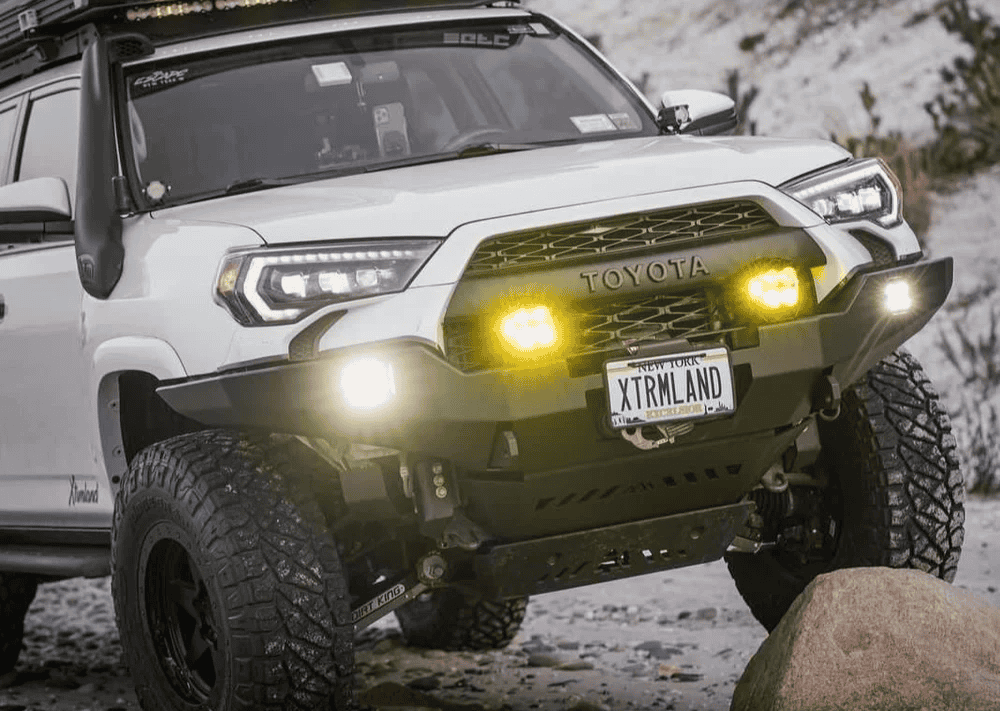Overland Vehicles

South America rewards travelers who plan by latitude and altitude, not just miles. Many start in Colombia after shipping around the Darien Gap, then follow the Andes south through Ecuador, Peru, Bolivia, and into Chile and Argentina. Classic highlights include the Carretera Austral, Ruta 40, the Atacama, and the Lake District, before reaching Tierra del Fuego.
Weather shapes everything. Equatorial regions are fairly consistent, but the Andes have distinct wet and dry windows that vary by country. Patagonia is notorious for wind and quick shifts in temperature, with the friendliest road conditions often from November to March. Shoulder months can bring fewer visitors and more open camps, though gravel sections may be rougher.
Road types range from smooth autopistas to ripio and high mountain passes. On long gravel stretches, drop tire pressures a touch to smooth corrugations and protect suspension components. Carry recent offline maps and local intelligence because landslides, snow, or washouts can close a pass and require a long detour.
A common arc runs Cartagena to Medellín and south through Ecuador’s Avenue of the Volcanoes, Peru’s Sacred Valley, Bolivia’s altiplano and salt flats, then into Chile for the Atacama and down the Carretera Austral. Argentina’s Ruta 40 parallels much of this with vast steppe, glacial valleys, and world class camping. Crossings between Chile and Argentina are frequent, letting you chase weather and fuel availability.
Most countries do not require a Carnet de Passage. Instead, you will secure a Temporary Import Permit at each border by presenting your passport, vehicle title or registration, and sometimes a simple police check. The TIP ties the vehicle to the traveler, so bring any necessary authorization documents if you are not the titled owner.
Insurance rules vary. Colombia requires SOAT liability coverage, available online or near the border. Other countries sell short term policies at kiosks or through national providers. Make digital and paper copies of everything, and store backups in cloud storage in case a document goes missing.
The Darien Gap requires shipping the vehicle from Panama to Colombia. Options include roll on roll off or container. Book well in advance, photograph your vehicle at handoff, and note any pre existing scratches. You will handle separate processes for the vehicle and for passenger travel, typically flying to Cartagena or Barranquilla to meet your rig.
Expect modest fees, multiple windows, and occasional lunch breaks that pause processing. Stay patient, keep documents organized, and ask officials politely where to queue next. For shipping, choose reputable agents, confirm insurance for the voyage, and pad your schedule by a few days to account for delays.
You do not need a race truck to enjoy the continent, but ground clearance, quality shocks, and all terrain tires make long days on gravel more comfortable and safe. Two spares, a plug kit, compressor, and a simple recovery setup can turn road problems into quick stops. A basic tool roll, belts, and filters help in regions where parts for your exact model are scarce.
Fuel planning matters. Diesel quality varies, and low sulfur options are not universal. A good prefilter and water separating funnel protect modern engines. Carry jerry cans only where legal and safe, and top up before remote stretches like the Carretera Austral or Bolivia’s altiplano. Expect tolls, called peajes in some countries, so keep small bills handy.
Connectivity is straightforward with local SIM cards from providers like Claro, Entel, or Movistar, and eSIM is increasingly available. Offline maps from trusted apps plus paper maps give redundancy. Satellite messaging and portable internet are valuable for weather, routing, and check ins when you are days from the nearest town and cell tower.
Balance comfort with redundancy. Slightly lower tire pressures help on corrugations but monitor heat and sidewall exposure. Service intervals come faster when dust and altitude are constant companions, so plan oil and filter changes along major towns. For security, camp in visible spots, arrive before dark, and build relationships with locals who often point to safer, quieter places to stay.
A few language basics go a long way. Spanish is dominant across the Andes and the Southern Cone, while Portuguese is key in Brazil. Learn road terms, fuel grades, and parts vocabulary to speed up workshops and border visits. Respect local rules on protected areas, fire bans, and wildlife corridors.
Well planned overland travel South America blends rhythm and flexibility. Set a direction, understand regional seasons, and leave room for detours that lead to hot springs, mercados, and the kind of vistas you remember for a lifetime.
If you want a purpose built platform for these roads, explore Overland rigs designed to handle corrugations, altitude, and long runs between services. For tailored layouts and systems that match your route goals, see our Custom overland upfit options. Curious how we approach design, handoff, and support for long range travel, start with Why choose OZK Customs.
Ready to link your map to a capable, quiet, and efficient build that feels like home on day one? Tell us how you travel, where you hope to roam, and we will help shape a rig that turns the Pan American and the backroads into your everyday drive.
Ready to build a rig calibrated for Andes altitude, Patagonia wind, and long stretches between fuel stops? Tell us your route goals and we will engineer the suspension, power, storage, and comms to match. Start your journey with an OZK strategy session today.
ADDRESS:
6159 E Huntsville Rd, Fayetteville, AR 72701
PHONE:
(479) 326-9200
EMAIL:
info@ozkvans.com